1. Large Home Additions
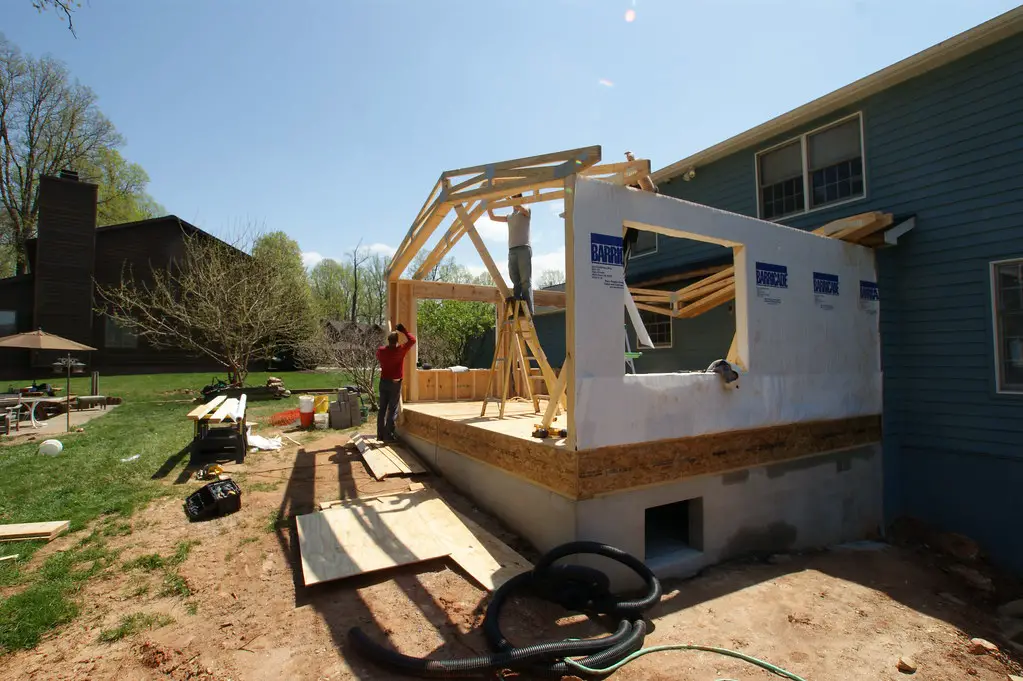
Adding square footage to a home might seem like a smart move, but the cost of materials and labor often outweighs the benefits. Buyers are increasingly prioritizing efficient layouts over sprawling spaces.
2. High-End Kitchen Remodels
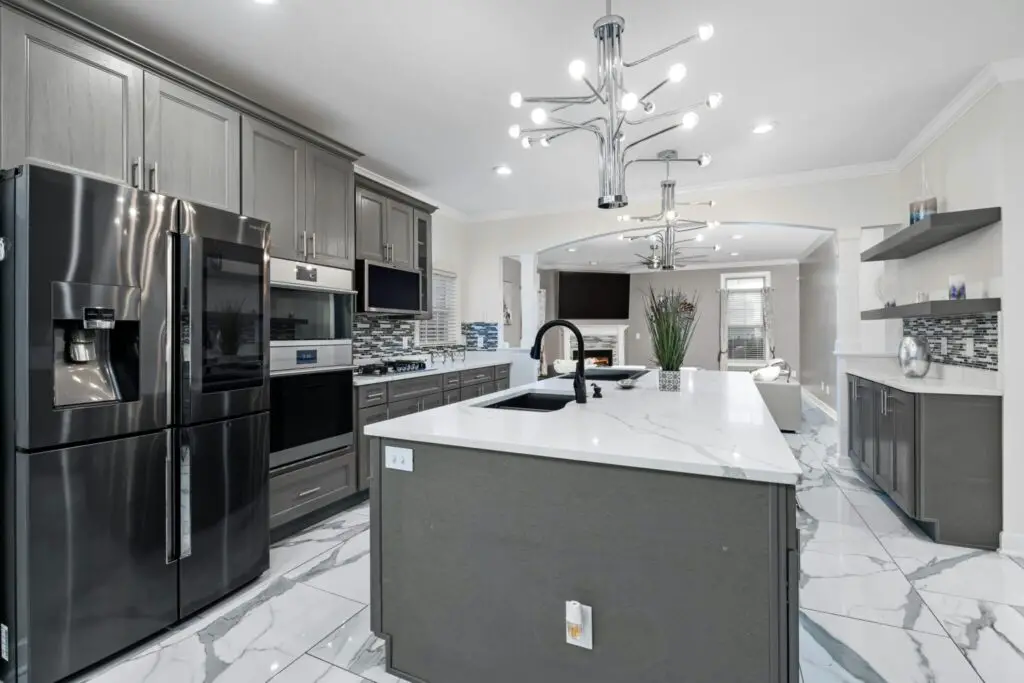
While kitchens remain important, over-the-top upgrades like chef-grade appliances and marble countertops rarely recoup their cost. Homebuyers in 2025 are favoring functional, mid-range kitchens over extravagant renovations.
3. Luxury Bathrooms
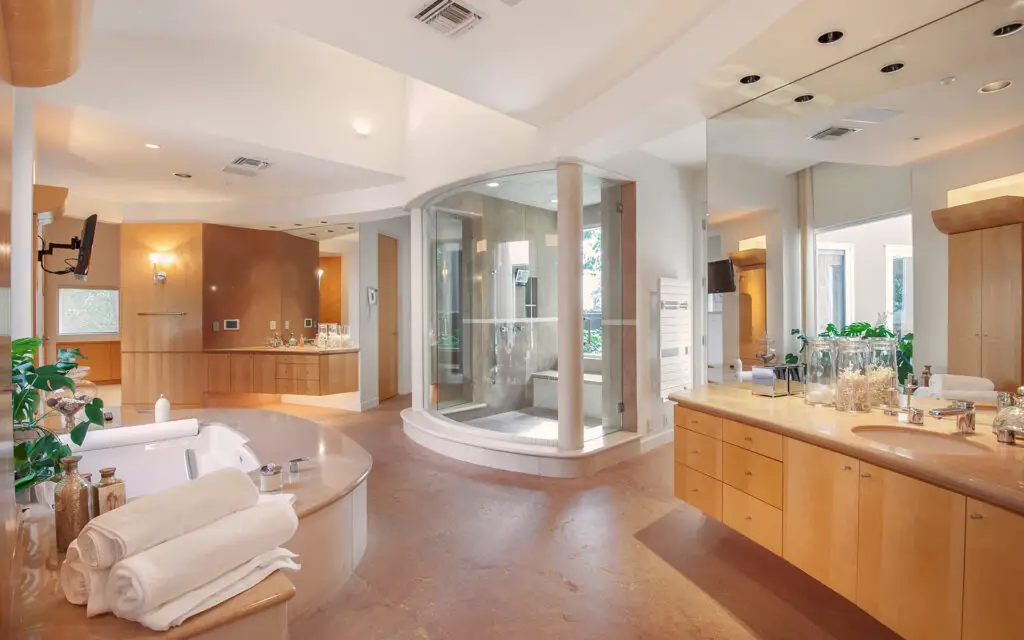
Spa-like bathrooms with high-tech features are proving to be less of a draw. While a basic refresh can be worthwhile, splurging on heated floors or steam showers often won’t justify the expense.
4. Wall-to-Wall Carpeting
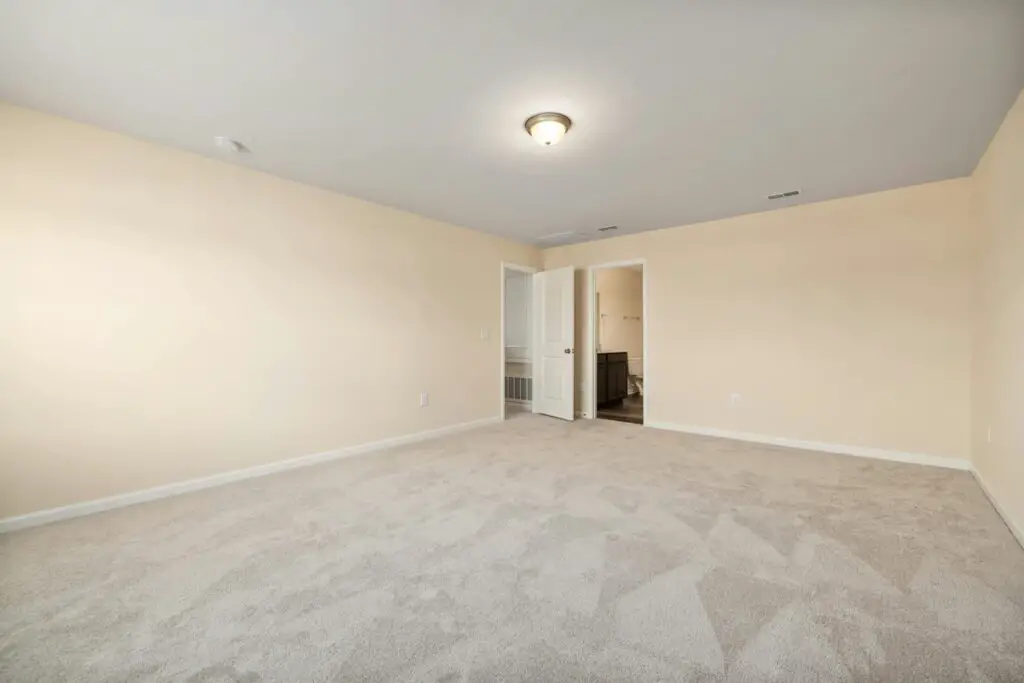
Replacing hardwood or laminate flooring with wall-to-wall carpeting is a major misstep. Homebuyers largely view carpeting as outdated, favoring durable and low-maintenance flooring options instead.
5. Swimming Pools
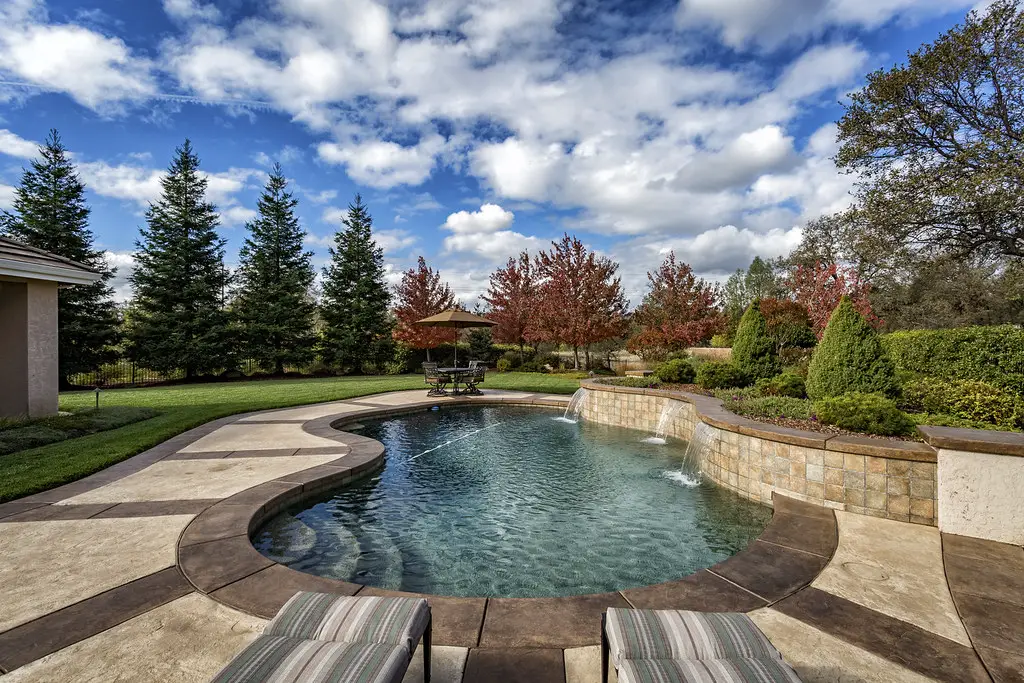
Installing a pool can be incredibly costly and time-consuming to maintain. In cooler climates or areas with strict water restrictions, pools can even be a liability rather than an asset.
6. Sunrooms
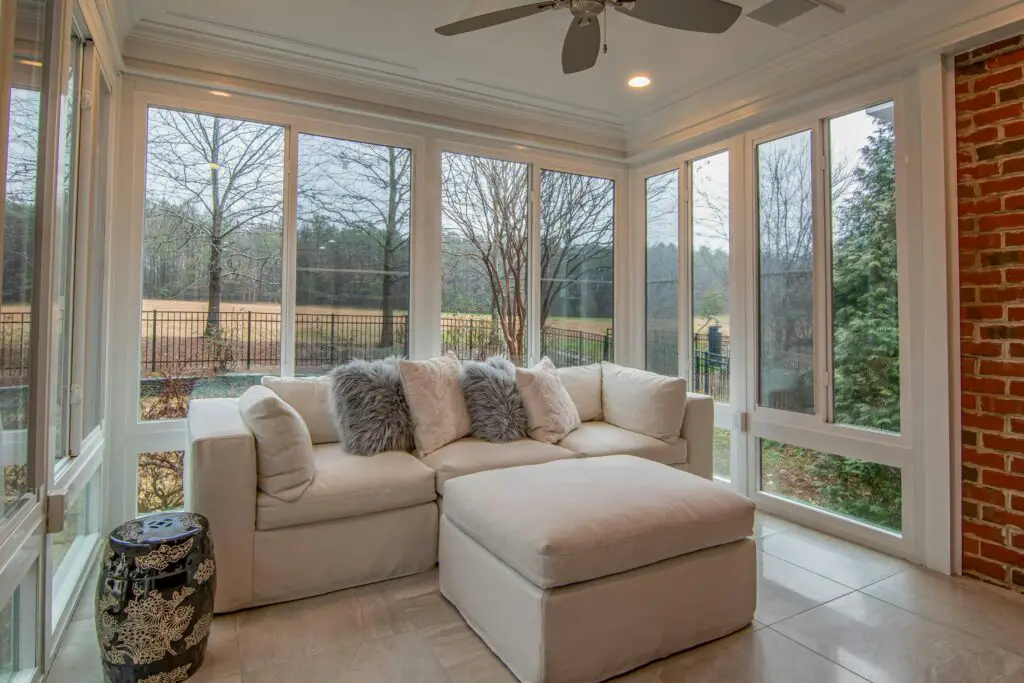
Sunrooms may seem charming, but they’re expensive to build and often go unused. With rising energy costs, these spaces can become a financial burden due to heating and cooling needs.
7. Built-In Entertainment Centers
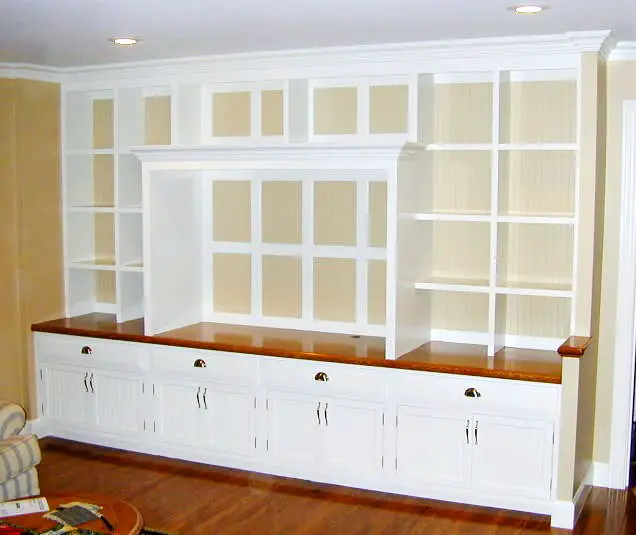
Elaborate built-ins designed for specific electronics or media setups are falling out of favor. With sleek, wall-mounted TVs and wireless systems dominating the market, these once-popular renovations now seem dated.
8. Ornate Crown Molding
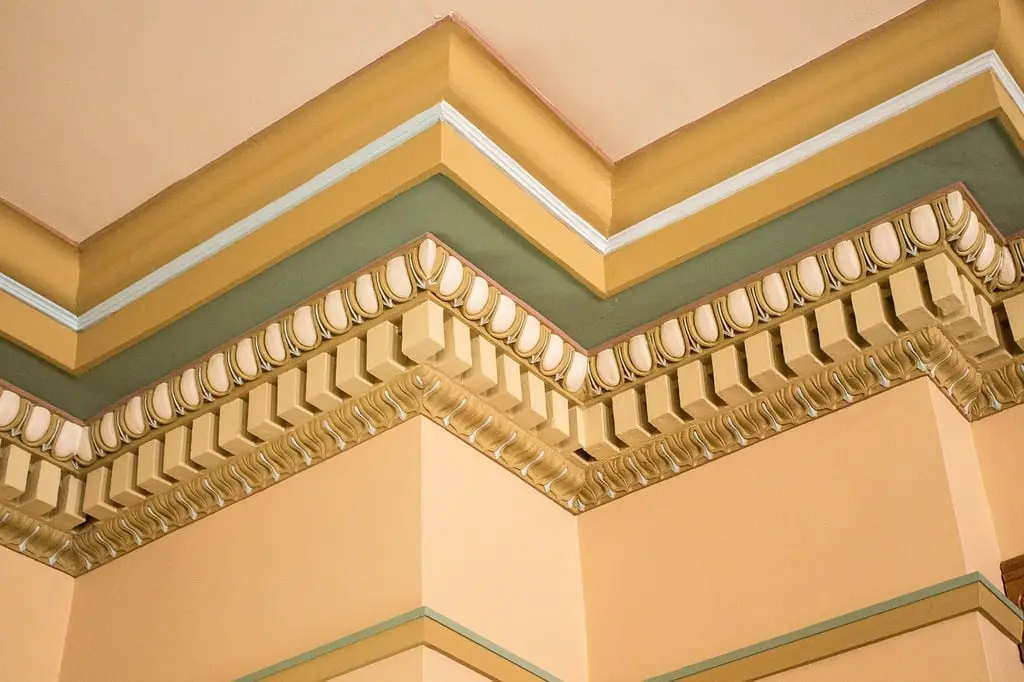
Traditional details like intricate crown molding are no longer in vogue. Modern buyers prefer clean lines and minimalistic designs, making heavy decorative moldings a potential turn-off.
9. Open Floor Plans
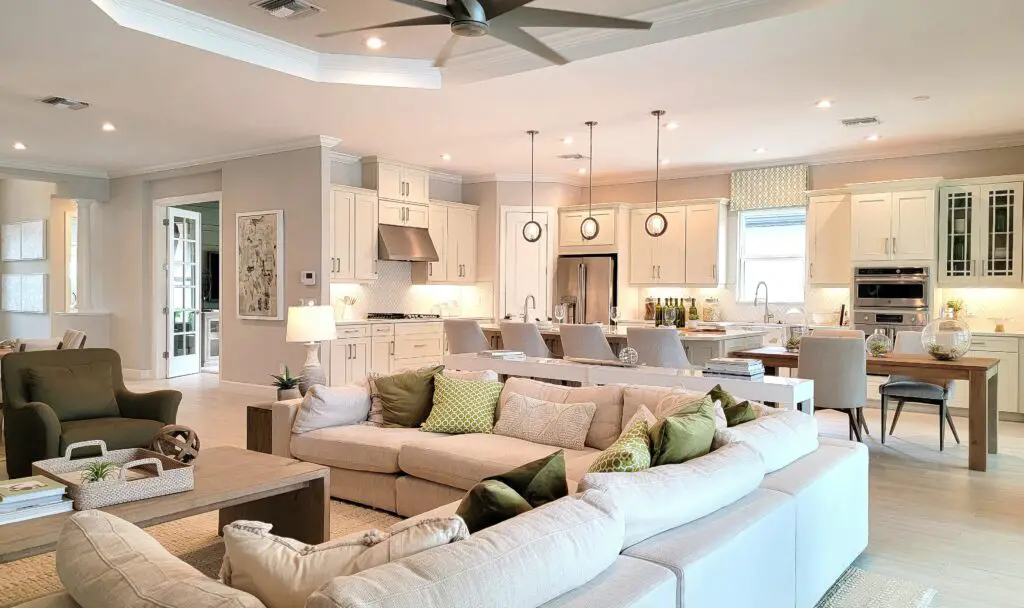
Once a staple of modern home design, open floor plans are losing their appeal. Buyers now prioritize defined spaces for work and privacy, making costly renovations to remove walls a questionable investment.
10. Overly Personalized Decor
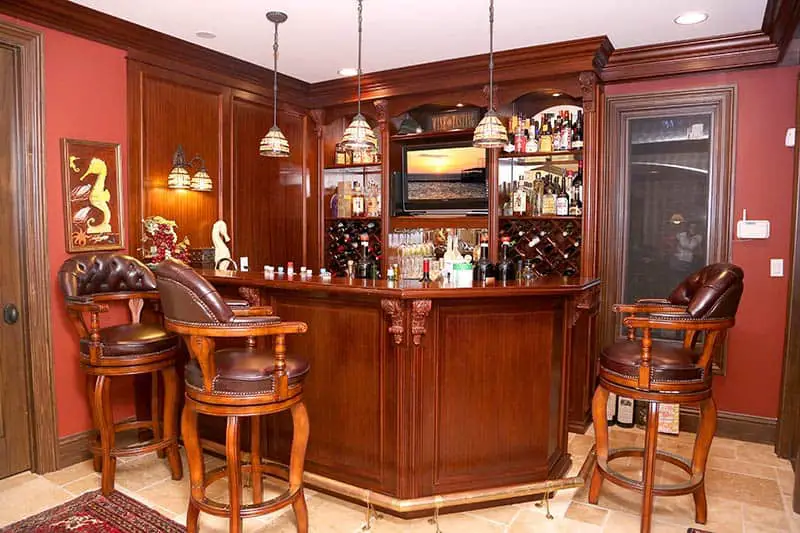
Highly specific design choices, like themed rooms or custom tilework, may reflect your taste but alienate potential buyers. Neutral, universally appealing designs are a safer bet.
11. Elaborate Landscaping

While curb appeal is important, elaborate landscaping projects can backfire. Buyers often dread the ongoing maintenance costs, making simpler, low-maintenance yards more appealing.
12. Wine Cellars
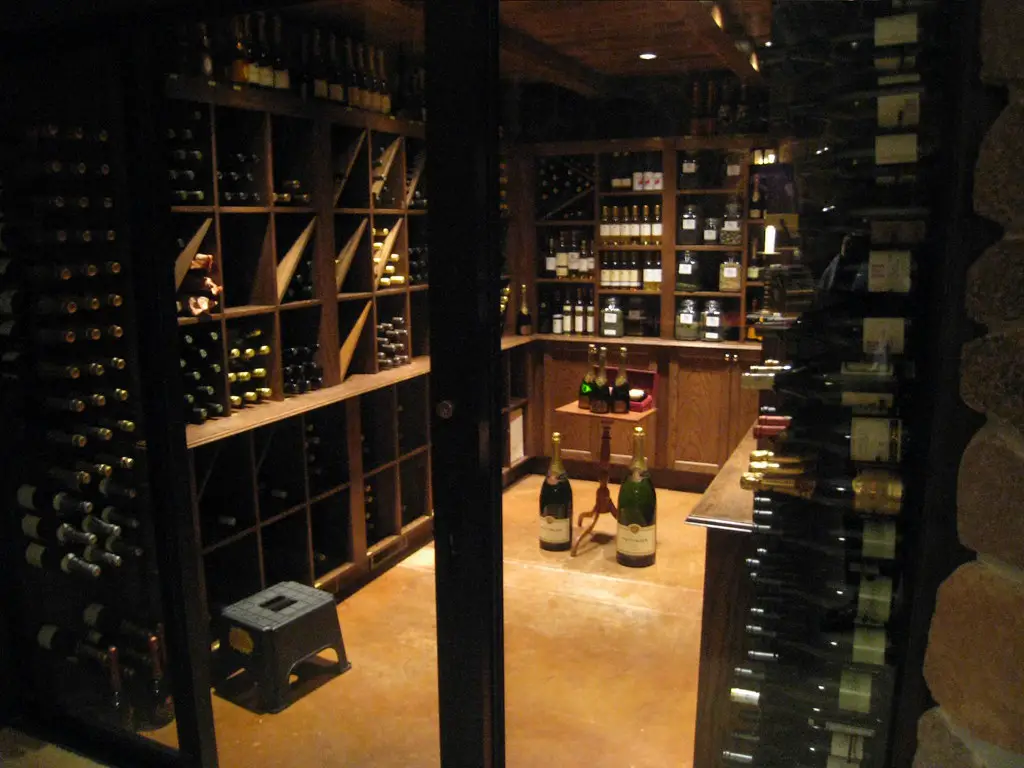
Wine cellars were once a mark of luxury, but their appeal is waning. Unless you’re marketing to a niche audience, the cost of installing and maintaining a wine cellar may not add enough value.
13. Home Theaters
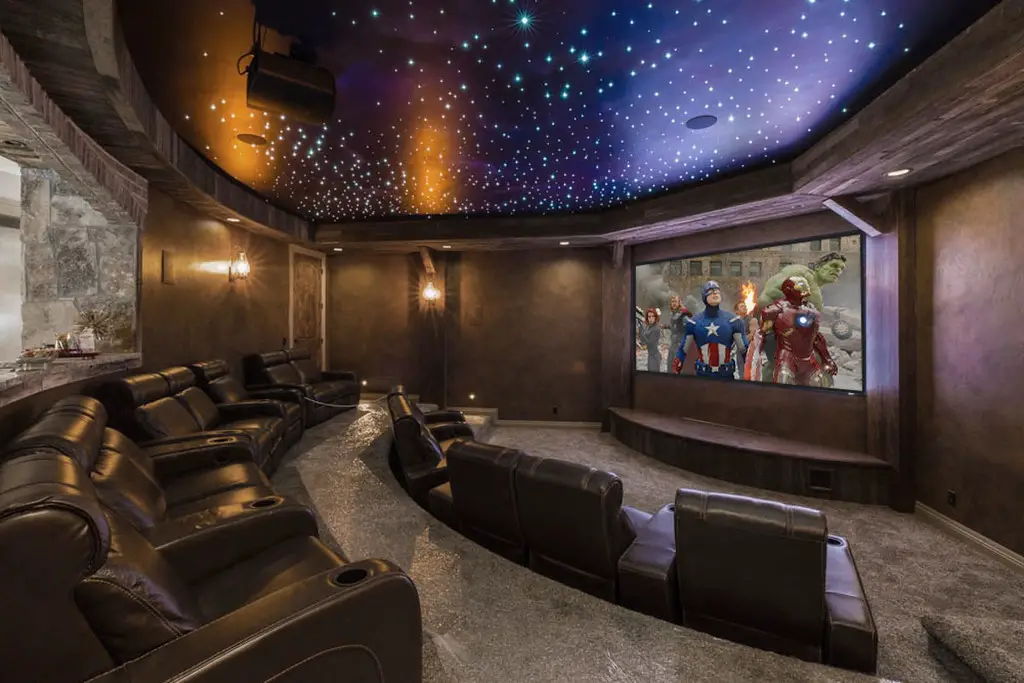
Dedicated home theater rooms are becoming obsolete as people turn to flexible multi-use spaces. With portable projectors and sound systems widely available, buyers no longer see the need for a separate theater space.
14. High-Tech Smart Systems
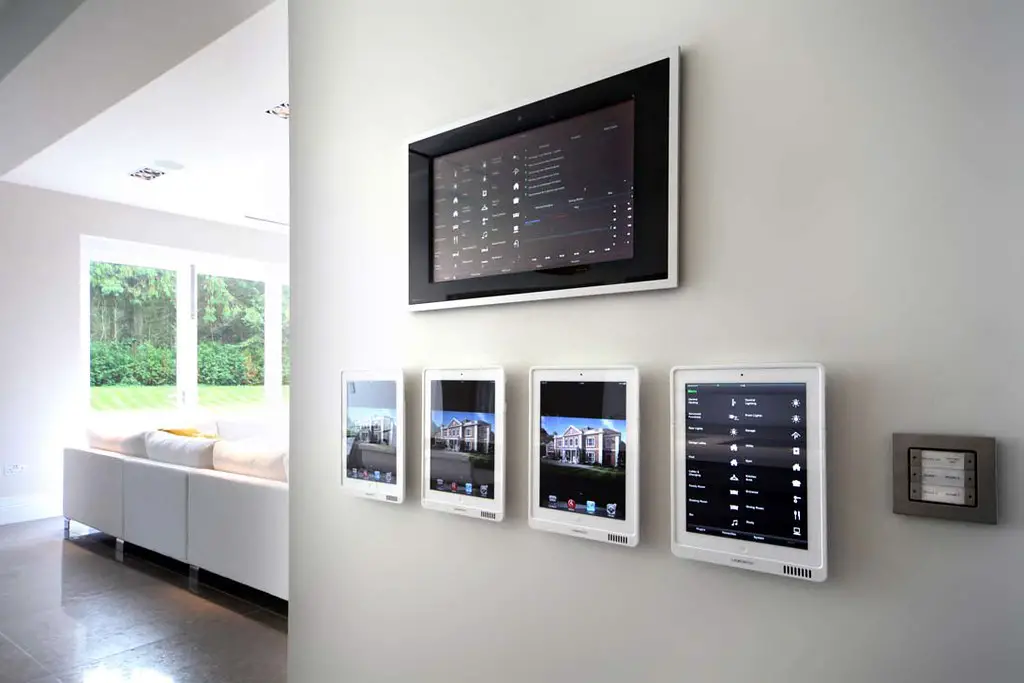
While basic smart home integrations are popular, overly complex systems can become outdated quickly. Buyers may be wary of costly repairs or replacements for niche technology.
15. Overbuilding for the Neighborhood
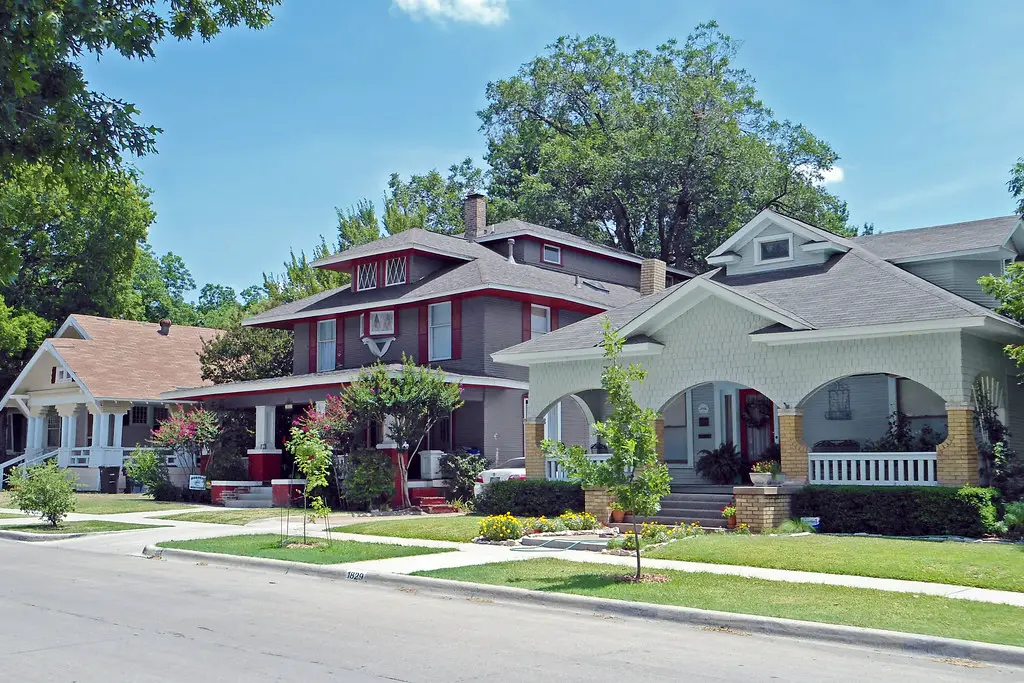
Going all-out on luxury upgrades in a modest neighborhood rarely pays off. Buyers compare your home to others nearby, and overbuilding can make it harder to recoup your investment.
